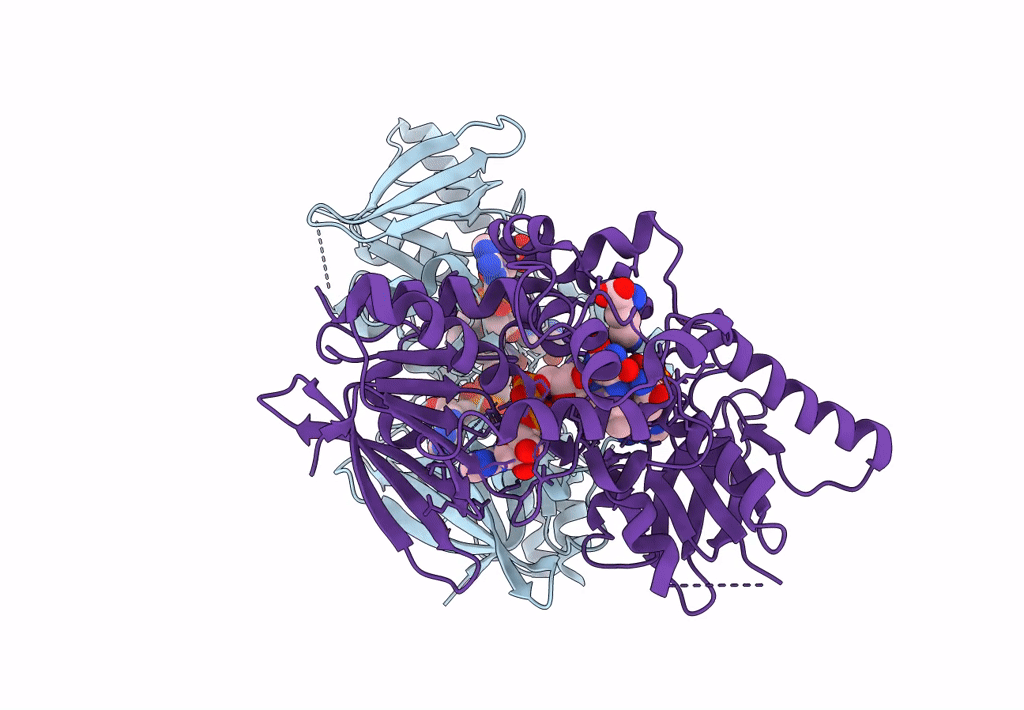
Deposition Date
2011-05-23
Release Date
2011-07-13
Last Version Date
2024-04-03
Entry Detail
PDB ID:
3S61
Keywords:
Title:
Reduced Form of Ornithine Hydroxylase (PvdA) from Pseudomonas aeruginosa
Biological Source:
Source Organism:
Pseudomonas aeruginosa (Taxon ID: 287)
Host Organism:
Method Details:
Experimental Method:
Resolution:
3.03 Å
R-Value Free:
0.27
R-Value Work:
0.21
R-Value Observed:
0.22
Space Group:
I 41 2 2


